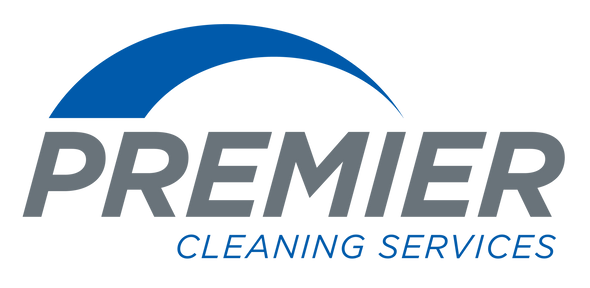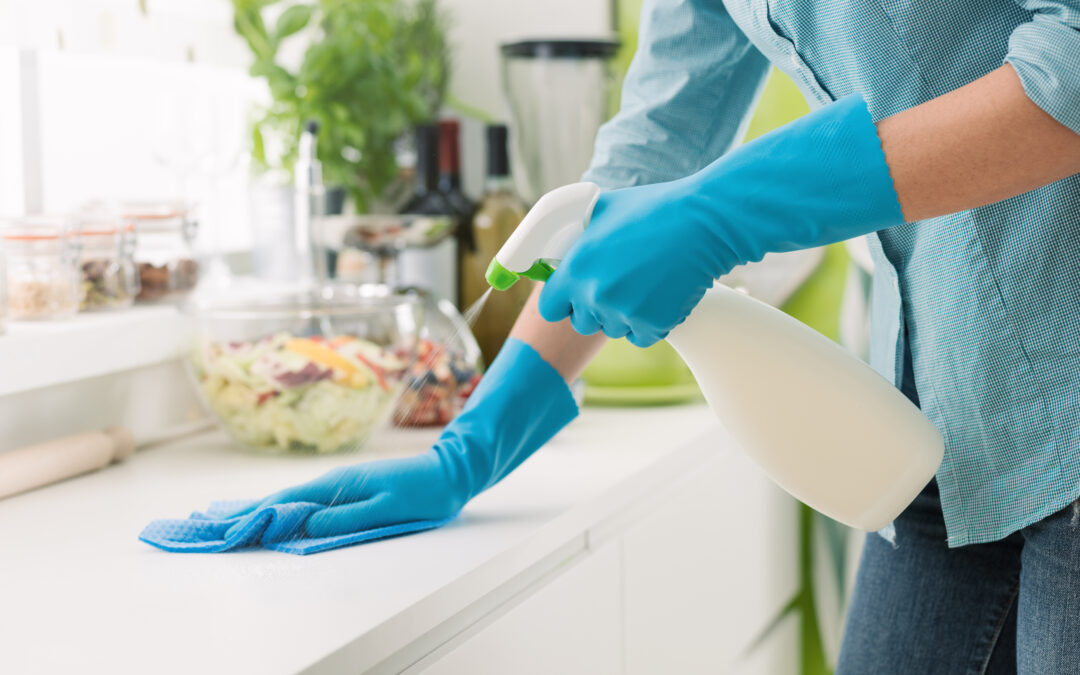Introduction
Maintaining a clean and sanitary environment in a commercial space is essential for several reasons. Not only does it create a positive impression on customers and clients, but it also promotes the health and well-being of employees. However, commercial cleaning can be a significant expense for businesses, especially if they rely solely on reactive cleaning methods. In this blog post, we will explore the concept of preventative maintenance in commercial cleaning and how it can be a cost-effective approach to keeping your workspace pristine.
The Cost of Neglect
Before delving into preventative maintenance, it’s crucial to understand the potential costs of neglecting regular cleaning and maintenance in a commercial setting. Failing to maintain a clean environment can lead to a host of issues, both visible and hidden:
Health and Safety Concerns
Accumulated dust, dirt, and pathogens can pose health risks to employees and customers. This can result in increased sick days, reduced productivity, and potential liability if someone falls ill due to the unsanitary conditions. The CDC (Centers for Disease Control) recommends regular disinfection to protect staff, customers, and visitors alike.
Property Damage
Neglecting maintenance can lead to premature wear and tear on your facility, including carpets, flooring, and fixtures. Over time, this can result in the need for costly repairs or replacements.
Reputation Damage
A dirty and unkempt workspace can harm your business’s reputation. Customers may be less likely to return or do business with you, leading to revenue loss.
Regulatory Compliance Issues
Many industries have specific cleaning and sanitation regulations that businesses must adhere to. Failing to meet these standards can result in fines and legal issues.
Higher Cleaning Costs
Reactive cleaning often requires more time, effort, and resources than preventative maintenance. When you wait until surfaces are visibly dirty or damaged, it can take more extensive cleaning efforts to restore them.
Understanding Preventative Maintenance
Preventative maintenance is a proactive approach to cleaning and maintenance that focuses on identifying and addressing issues before they become major problems. In a commercial cleaning context, it involves regular, scheduled cleaning and maintenance tasks aimed at preserving the cleanliness and condition of your facility. Here are some key components of preventative maintenance in commercial cleaning:
Scheduled Cleaning
Establish a regular cleaning schedule that includes daily, weekly, and monthly tasks. This ensures that no area of your facility is overlooked or neglected for an extended period.
Inspections
Conduct regular inspections to identify areas that require attention. This can include checking for spills, stains, and signs of wear and tear.
Proactive Repairs
Address minor maintenance issues promptly. Fixing small problems, such as leaky faucets or loose tiles, can prevent them from becoming larger and more expensive issues.
Specialized Cleaning
Use specialized cleaning techniques and equipment to maintain high-traffic areas and surfaces. For example, carpets and upholstery may require deep cleaning periodically to prevent dirt buildup.
Staff Training
Ensure that your cleaning staff is well-trained and knowledgeable about proper cleaning techniques and the use of cleaning agents. This can help prevent damage to surfaces and ensure effective cleaning.
Cost-Effectiveness of Preventative Maintenance
Now that we understand what preventative maintenance entails, let’s explore how it can be a cost-effective approach to commercial cleaning:
Reduction in Cleaning Costs
Preventative maintenance helps keep your facility consistently clean. When you address dirt and stains promptly, they are easier and less time-consuming to clean. This can lead to reduced labor costs and lower cleaning supply expenses.
Extended Lifespan of Assets
Regular maintenance and cleaning can extend the lifespan of your facility’s assets, including carpets, flooring, and furniture. This means you won’t have to replace these items as frequently, saving you money in the long run.
Improved Energy Efficiency
Clean HVAC systems and air ducts operate more efficiently, reducing energy consumption and lowering utility bills. Preventative maintenance includes cleaning and maintaining these systems, contributing to cost savings.
Fewer Disruptions
Reactive cleaning often requires closing off areas of your facility for extensive cleaning, causing disruptions to business operations. Preventative maintenance minimizes the need for such closures, ensuring uninterrupted productivity.
Enhanced Safety
A clean and well-maintained workspace reduces the risk of accidents and injuries, which can lead to costly workers’ compensation claims and legal expenses.
Preserved Reputation
A well-maintained facility enhances your business’s reputation, leading to increased customer loyalty and new business. It can be challenging and expensive to rebuild a tarnished reputation. For more information on how keeping a clean business can assist the reputation of your establishment, visit our blog post on the subject.
Regulatory Compliance
Preventative maintenance ensures that your facility meets regulatory standards consistently, reducing the risk of fines and legal issues.
Implementing Preventative Maintenance
To implement a successful preventative maintenance program for commercial cleaning, consider the following steps:
Assessment
Begin by assessing your facility’s cleaning needs and identifying high-traffic areas and problem spots.
Schedule
Create a cleaning schedule that outlines daily, weekly, monthly, and seasonal tasks. Ensure that tasks are assigned and responsibilities are clear.
Training
Provide training to your cleaning staff on proper cleaning techniques, equipment use, and safety procedures.
Documentation
Keep detailed records of all cleaning and maintenance activities, including inspections, repairs, and cleaning supplies used.
Feedback Loop
Establish a feedback system where employees and customers can report cleaning issues or concerns. Use this feedback to make necessary adjustments to your maintenance program.
Adaptability
Be prepared to adjust your preventative maintenance program as needed based on changing circumstances, such as increased foot traffic or new facility features.
Professional Help
Consider hiring professional cleaning services to keep your building stay in top shape. Professional cleaners work with you to build a cleaning plan that suits each of your individual needs.
Conclusion
Preventative maintenance is a cost-effective approach to commercial cleaning that not only saves money but also enhances the overall cleanliness and functionality of your workspace. By proactively addressing cleaning and maintenance needs, you can reduce cleaning costs, extend the lifespan of your assets, and maintain a positive reputation. In today’s competitive business environment, investing in preventative maintenance is a wise decision that pays off in the long run. So, don’t wait until the dirt and grime have piled up; take a proactive approach to commercial cleaning and enjoy the benefits of a cleaner, healthier, and more cost-efficient workspace.
Ready to take control of your cleaning situation? Contact Premier Cleaning Services today to request a free estimate.

